Try These 5 Types Of Spruce Trees – Easy Ways To Add Evergreen Beauty To Every Garden
You might not have the largest yard or plot, but that doesn’t mean you can’t grow the mighty spruce. These 5 types of spruce trees are very adaptable to different spaces
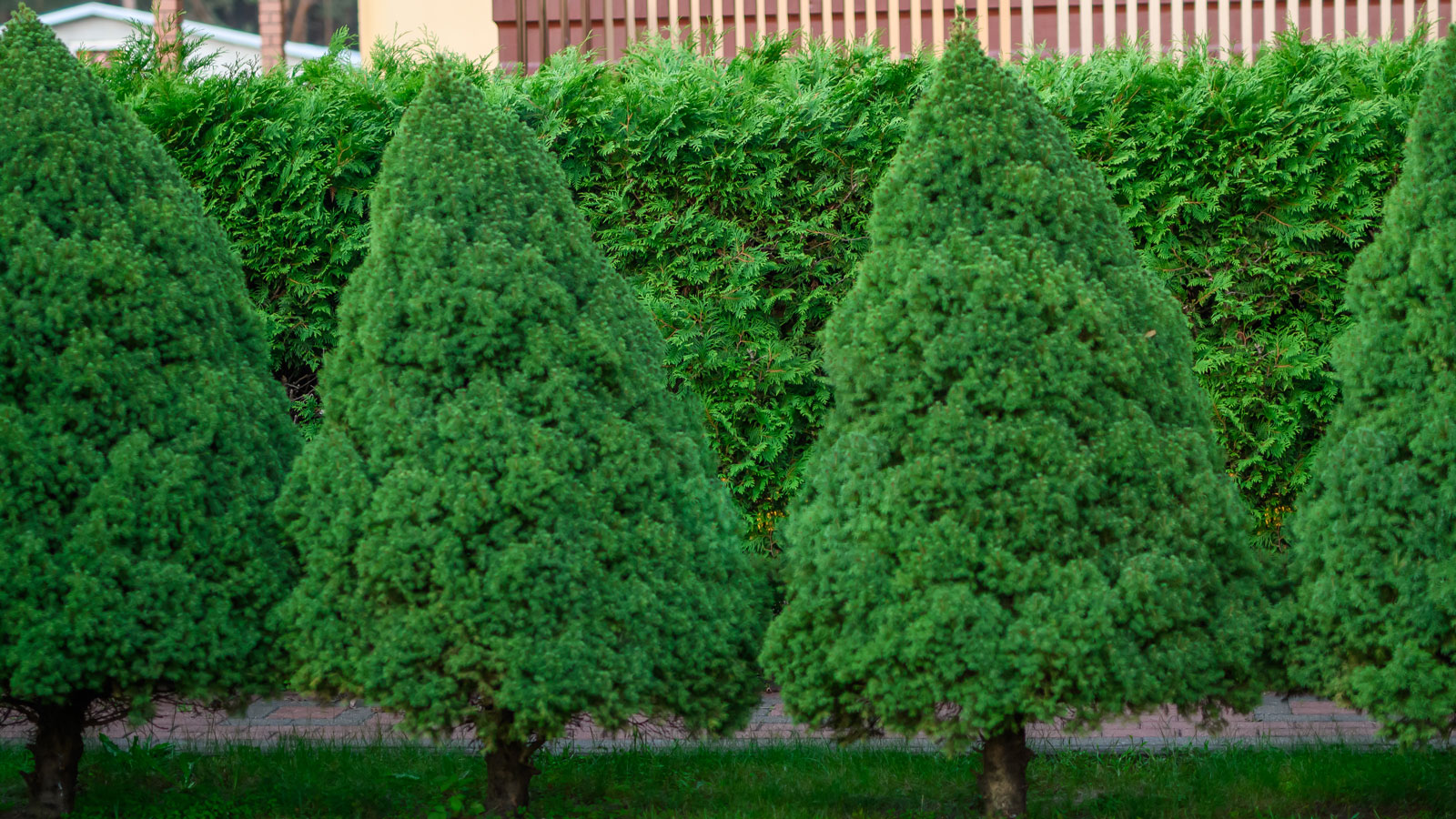

In nature, you’ll see several types of spruce trees (Picea spp.) that are beautiful, rugged evergreens capable of lasting several centuries and withstanding extreme winter cold. They are amongst the most popular conifers for landscape planting. This is because spruce tree types adapt to a wider range of sites and soil conditions than other evergreen tree varieties you might come across.
You may know a few of the more common spruce types, but did you know that there are hundreds of spruce tree varieties out there? Many of the most popular spruces grow too large for the average residential backyard, but dwarf cultivars are out there. Here’s our shortlist of favorite spruce tree types for home landscapes.
Which Types of Spruce Trees are Best to Grow?
Growing spruce in your yard can often seem like a big commitment – with the emphasis on ‘big’, as several varieties are capable of reaching upwards of 50-70 feet (15-20m). However, that doesn’t mean they are beyond the scope of a more modest sized yard. Many spruce cultivars now cater for lovers of compact and dwarf varieties, as the selection below proves. Perhaps you are looking for interesting holiday evergreen trees and shrubs, or are looking for a spruce that is manageable and low maintenance? Here are some of the more impactful kinds of spruce trees that can be worked into a variety of landscaping schemes.
1. Norway Spruce
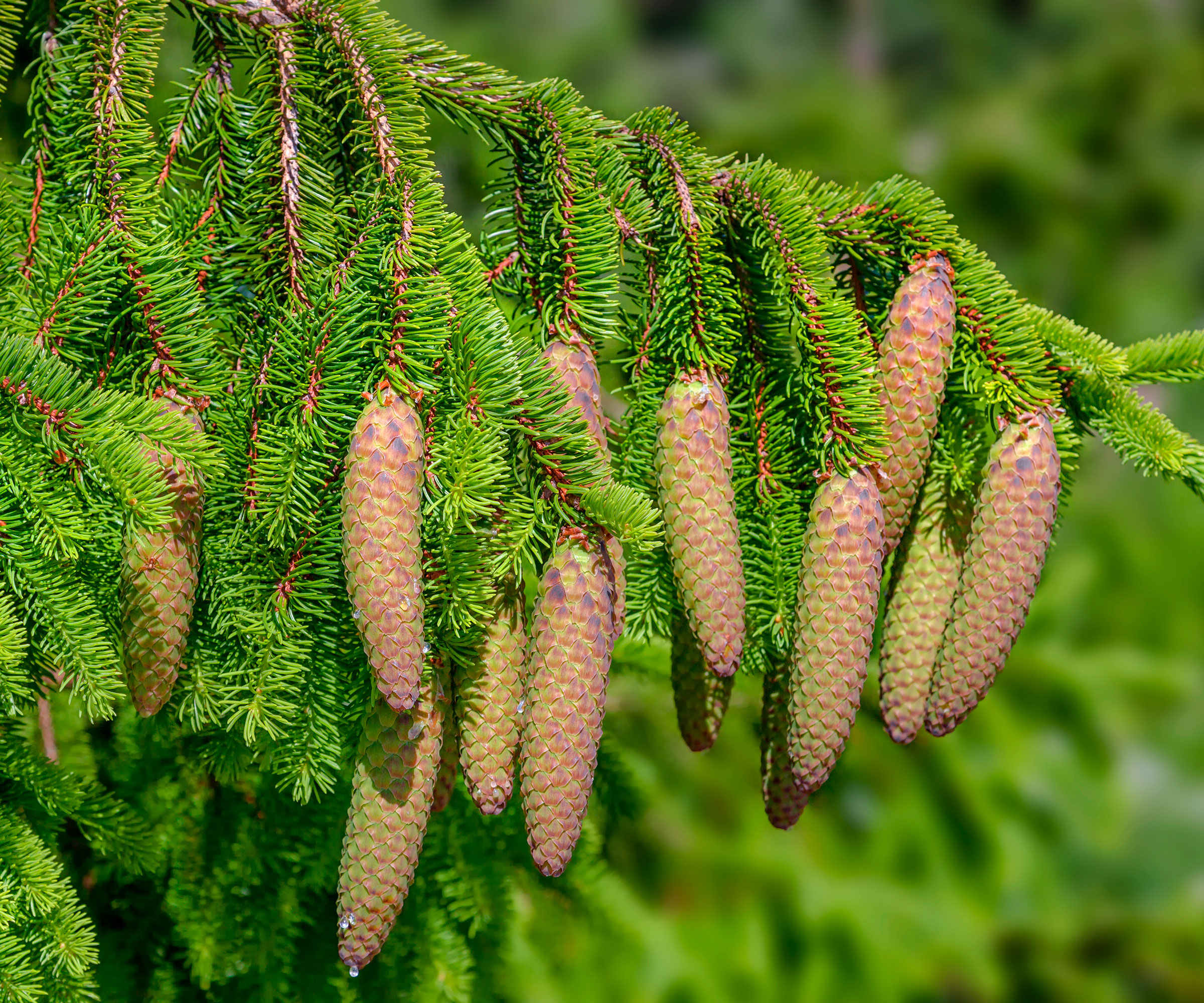
Norway spruce – as the name suggests - is native to northern Europe but also grows in the wild in central and eastern Europe. This species (Picea abies) adapts easily to different climates and has become naturalized in some states, like Michigan.
Growing to 70 feet (20m) tall and half that wide, this species tree is a bit big for most backyards. but there are lots of great dwarf cultivars that would fit in the smaller gardens. Bird’s Nest Spruce is named for a depression in the center of the shrub that looks like a nest, and it will stay at three feet (1m) or less. For an even shorter Norway spruce cultivar, consider Little Gem, staying under 24 inches (0.6m). Prickles, anyone? Take a look at Hedgehog Spruce, which can reach five feet (1.5m) tall with a neat cushion of dense dark green foliage on small branchlets.
2. White Spruce
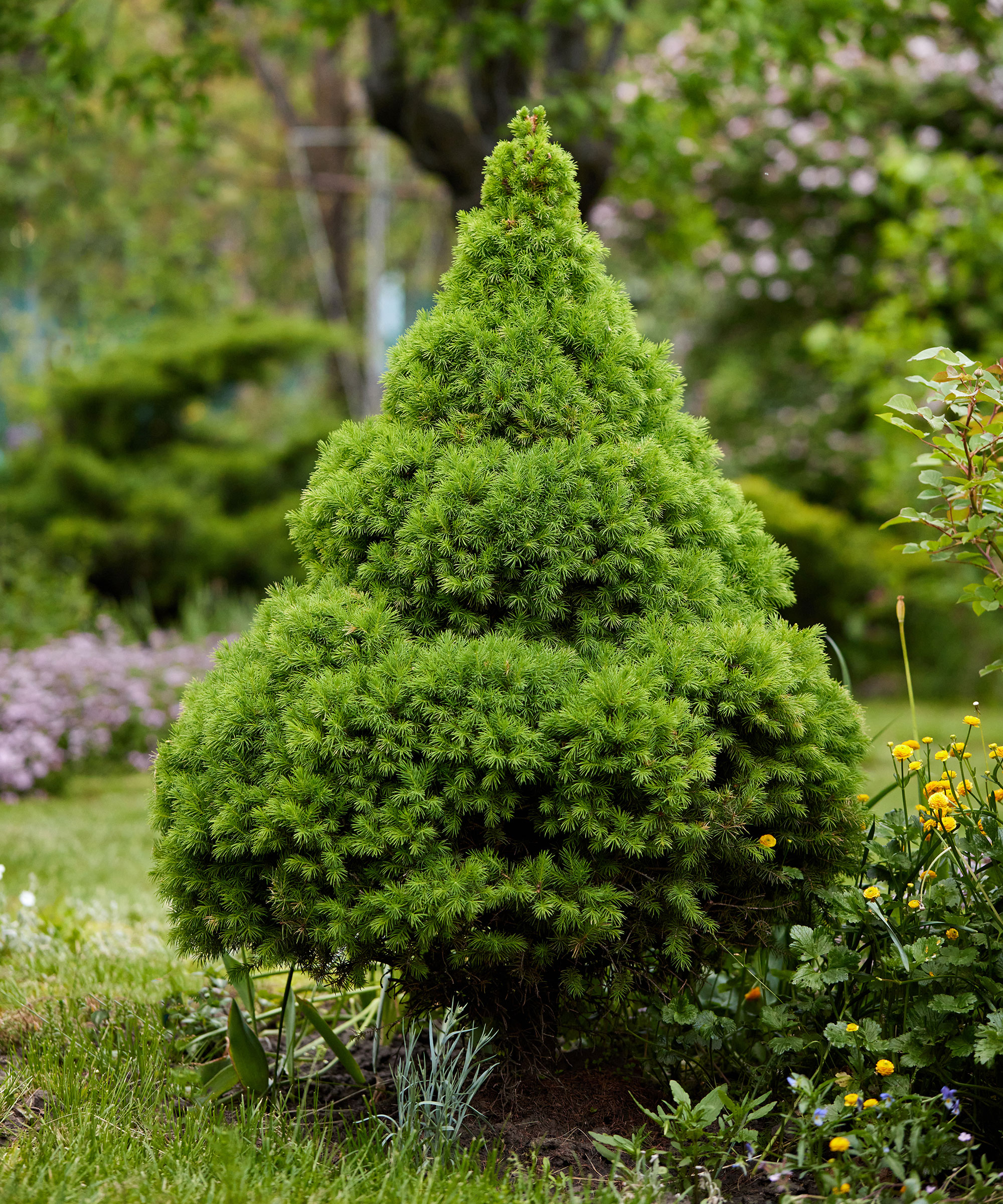
Another of the most common types of spruce trees is white spruce, a tree that grows in the wild throughout much of the northern United States. These trees (Picea glauca) grow well in protected sites and require well-draining soil. The Black Hills Spruce variety (P. glauca var. densata) offers blue foliage.
These trees grow to 50 feet (16m) by 20 feet (3.5m) wide. Cultivars include Densata which is more compact and grows more slowly, and the very popular dwarf cultivar Conica. It is a dense tree presenting in a cone shape that tops out at six feet (2m). Or if you want some unusual color, try Conica Twin Rainbows End with its bright yellow new growth in spring.
Sign up for the Gardening Know How newsletter today and receive a free copy of our e-book "How to Grow Delicious Tomatoes".
3. Oriental Spruce

If you live in a cold winter area (below USDA zone 5) then this spruce (Picea orientalis) may not be for you. Otherwise, check out dazzling cultivars Skylands and Nigra Compacta. The former has show-stopping foliage, a canary yellow on the upper surface and forest green underneath. For gardeners who are dedicated to growing small trees in front yards or back gardens, Nigra Compacta offers shiny dark needles and truly stays compact, topping out at eight feet (2.5m) tall.
4. Serbian Spruce
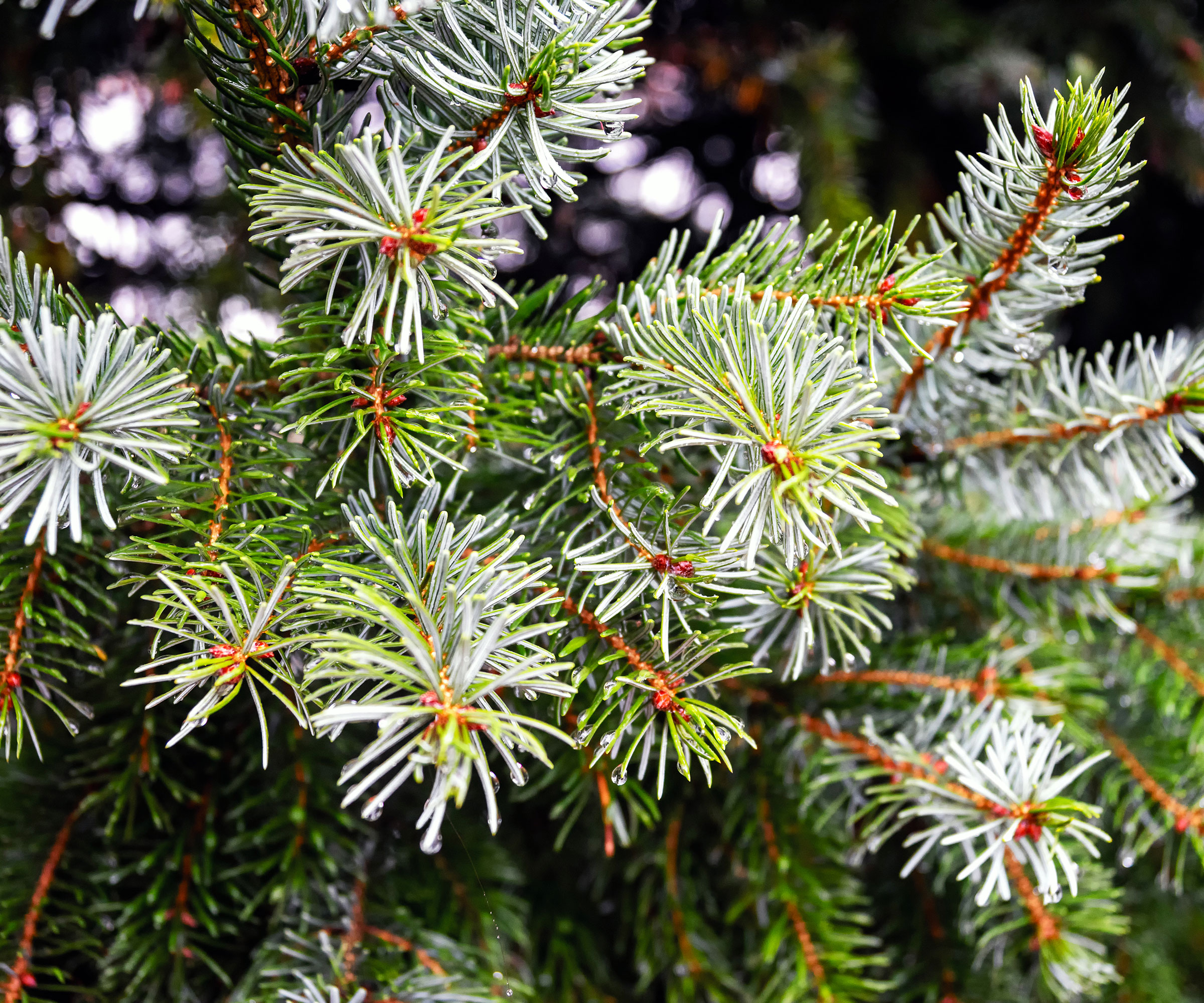
Here's the new kid on the block, a spruce tree type that is not native to this country but is gaining popularity with landscapers and homeowners. This tree (Picea omorika) grows fairly fast and adapts well to new environments. For those interested in more fast growing trees, this one can grow several feet a year. It also has a growth habit that’s extremely pleasing and is slightly weeping in all species.
Want an even more weeping cultivar? Look at Weeping Serbian Spruce (Picea omorika Pendula). This lovely tree is dramatic in the landscape, with a spire with cascading branches. Nana is a dwarf variety.
5. Colorado Spruce
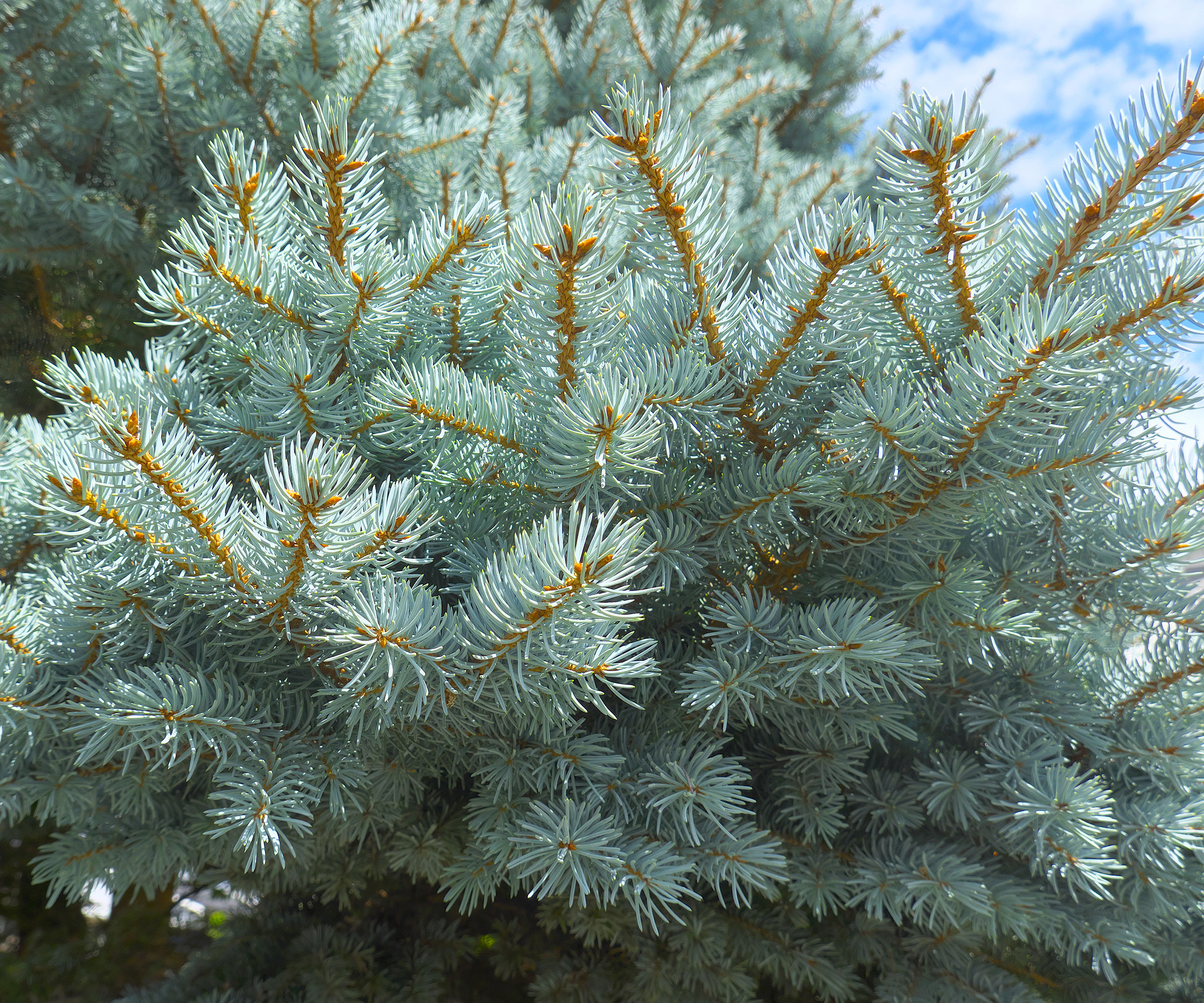
Colorado spruce are very common conifers for home landscapes. These trees (Picea pungens) are native to the mountainous areas of Colorado, Utah and Wyoming and grow slowly into large trees – to 60 feet (20m) tall in cultivation, and twice that tall in the wild.
Colorado spruce is a bit picky about soil, requiring moist, mildly acidic soils. Planted appropriately, they are drought tolerant. They are attractive trees, often sporting silvery-blue needles and pendulous cones.
Frequently Asked Questions
What is the most common spruce tree?
Nobody seems to have done a count lately of members of different spruce tree varieties in the wild, so the most common spruce tree is difficult to ascertain. However, the Colorado blue spruce may be the tree most likely to find its way into home landscapes and garden schemes.
What is the easiest spruce to grow?
There are hundreds of spruce varieties and many more cultivars out there. Regular spruce trees are often very tall and will outgrow the space available in a home landscape. Each type of spruce grows best in a particular environment and is easy to grow in that type of climate and terrain. There is no universal easiest spruce to grow, but all those mentioned here can be grown well with the right patience and care.

Teo Spengler is a master gardener and a docent at the San Francisco Botanical Garden, where she hosts public tours. She has studied horticulture and written about nature, trees, plants, and gardening for more than two decades, following a career as an attorney and legal writer. Her extended family includes some 30 houseplants and hundreds of outdoor plants, including 250 trees, which are her main passion. Spengler currently splits her life between San Francisco and the French Basque Country, though she was raised in Alaska, giving her experience of gardening in a range of climates.